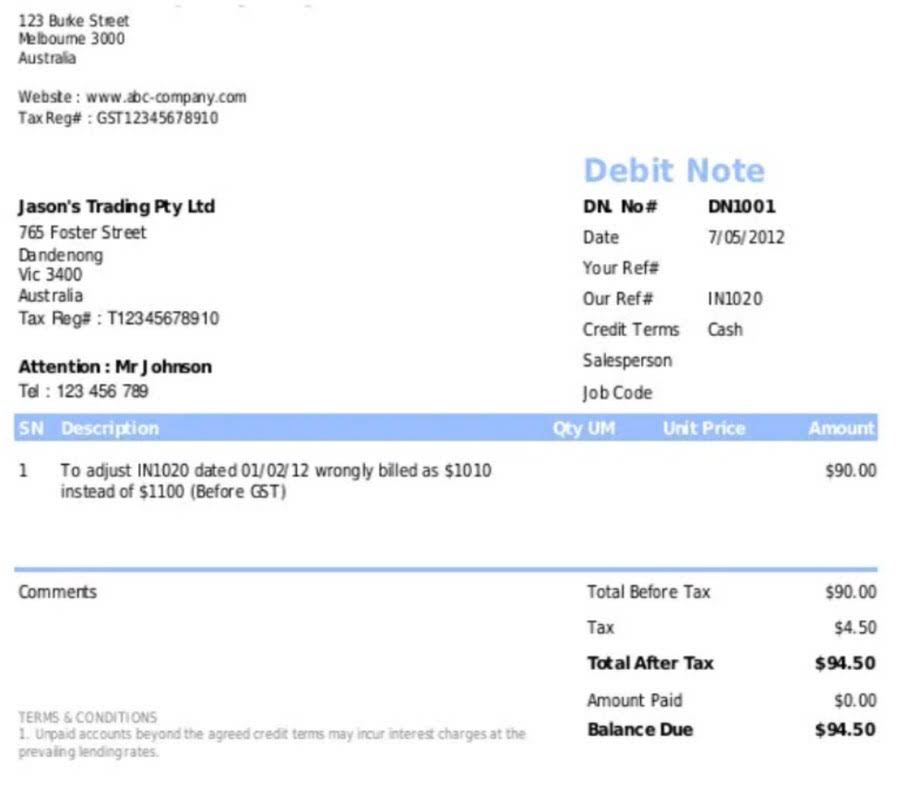
The LIFO method for financial accounting may be used over FIFO when the cost of inventory is increasing, perhaps due to inflation. Using FIFO means the cost of a sale will be higher because the more expensive items in inventory are being sold off first. As well, the taxes a company will pay will be cheaper because they will be making less profit. Over an extended period, these savings can be significant for a business.

This does mean a company using the FIFO method could be offloading more recently acquired inventory first, or vice-versa with LIFO. However, in order for the cost of goods sold (COGS) calculation to work, both methods have to assume inventory is being sold in their intended orders. It is the amount by which a company’s taxable income has been deferred by using the LIFO method. Last in, first out or LIFO, is a method of accounting for valuing inventory.
Example of LIFO
The Financial Accounting Standards Board’s Accounting Standards Codification (ASC) Topic 330 provides detailed guidance on inventory accounting. Whether you use FIFO or LIFO, you’ll need accounting software to track your finances and make https://www.bookstime.com/ accurate calculations. Check out our reviews of the best accounting software to record and report your business’s financial transactions. It’s quite possible that the widgets actually sold during the year happened to be from Batch 3.
Given that the cost of inventory is premised on the most recent purchases, these costs are highly likely to reflect the higher inflationary prices. Also, through matching lower cost inventory with revenue, the FIFO method can minimize a business’ tax liability when prices are declining. Businesses would use the FIFO method because it better reflects current market prices.
How do you calculate FIFO and LIFO?
Inventory management is a tough task for the organizations that are completely stock oriented. The methods are LIFO, FIFO, Simple Average, Base Stock, and Weighted Average, etc. The company’s income, profitability, taxation and other similar factors are dependent on the method on which the inventory is valued. In jurisdictions that allow it, the LIFO allows companies to list their most recent costs first. Because expenses rise over time, this can result in lower corporate taxes. Because these issues are complex, it is important to raise them with an accountant before changing a company’s accounting practices.
- The store’s ending inventory balance is 30 of the $54 units plus 100 of the $50 units, for a total of $6,620.
- As we explained in the previous section, the LIFO method’s primary advantage is that it allows firms to lower their profits in an inflationary situation.
- This results in net income and ending inventory balances between FIFO and LIFO.
- They can perform entity addition and removal processes in constant time (O(1)).
- Companies have their choice between several different accounting inventory methods, though there are restrictions regarding IFRS.
FIFO stands for First In, First Out, which means the goods that are unsold are the ones that were most recently added to the inventory. Conversely, LIFO is Last In, First Out, which means goods most recently added to the inventory are sold first so the unsold goods are ones that were added to the inventory the earliest. LIFO accounting is not permitted by the IFRS standards so it is less popular. It does, however, allow the inventory valuation to be lower in inflationary times. As making a profit is the primary goal of any business, it is necessary to evaluate your company’s inventory and income accurately. Inventory valuation methods focus on the value of inventory on the balance sheet.
FIFO and LIFO alternatives
Although the ABC Company example above is fairly straightforward, the subject of inventory and whether to use LIFO, FIFO, or average cost can be complex. Knowing how to manage inventory is a critical tool for companies, small or large; as well as a major success factor for any business that holds inventory. Managing inventory can help a company control and forecast its earnings. Conversely, not knowing how to use inventory to its advantage, can prevent a company from operating efficiently. For investors, inventory can be one of the most important items to analyze because it can provide insight into what’s happening with a company’s core business. The company made inventory purchases each month for Q1 for a total of 3,000 units.
A queue has no theoretical capacity limit; however, in practice, ‘bounded queues’ might feature a fixed capacity. This data structure is used in many computing systems to store and process data. For instance, network switches, bridges, and routers use FIFO to hold data packets while they are transported to their destination. In FIFO, elements are added to the end of the queue using the ‘enqueue’ operation, and the first element is removed for processing using the ‘dequeue’ operation. Enqueuing and dequeuing in FIFO can be visualized as a conveyor belt where items are added at one end and taken from the opposite end. While most companies under GAAP choose FIFO or weighted average, some opt for LIFO, primarily for tax reasons.
LIFO vs. FIFO: Inventory Valuation
You can see how for Ted, the LIFO method may be more attractive than FIFO. This is because the LIFO number reflects a higher inventory cost, meaning less profit and less taxes to pay at tax time. As with FIFO, if the price to acquire the products in inventory fluctuate during the specific time period you are calculating COGS for, that has to be taken into account.

Because FIFO is considered the more transparent accounting method, it is also less likely to be scrutinized by the tax authorities. Finally, specific inventory tracing is used when all components attributable to a finished product are known. If all pieces are not known, the use of FIFO, LIFO, or average cost is appropriate. First In, First Out, commonly how to calculate fifo known as FIFO, is an asset-management and valuation method in which assets produced or acquired first are sold, used, or disposed of first. It is used in several programming languages for data storage and management. The stack data structure has several applications, including expression evaluation, memory management, and function calls.
Leave a Reply